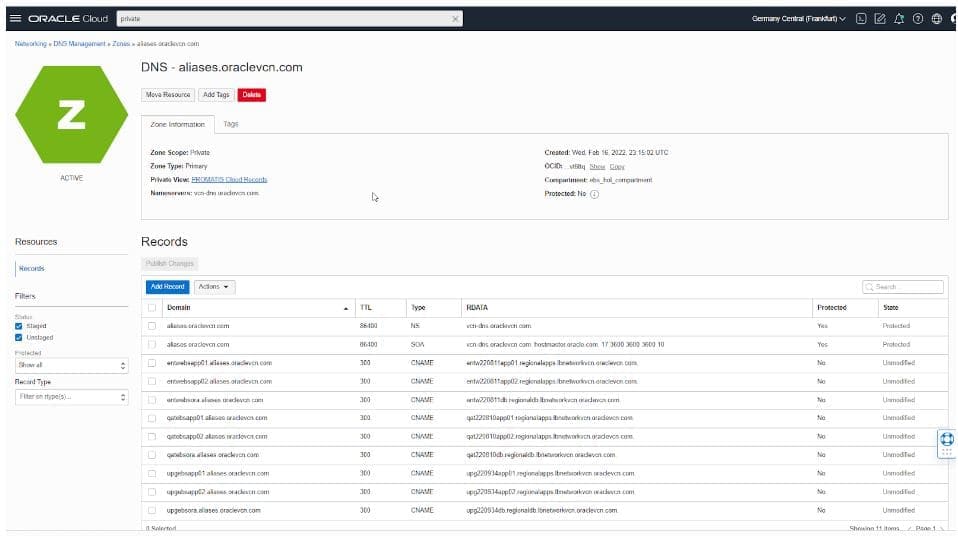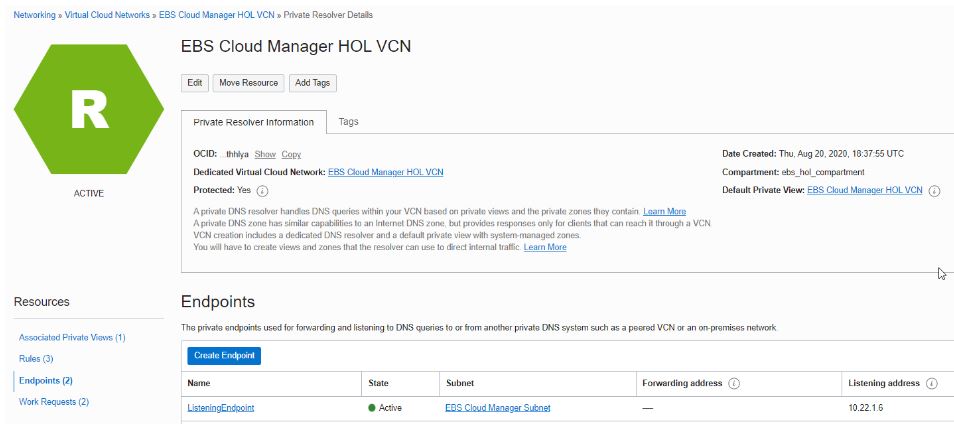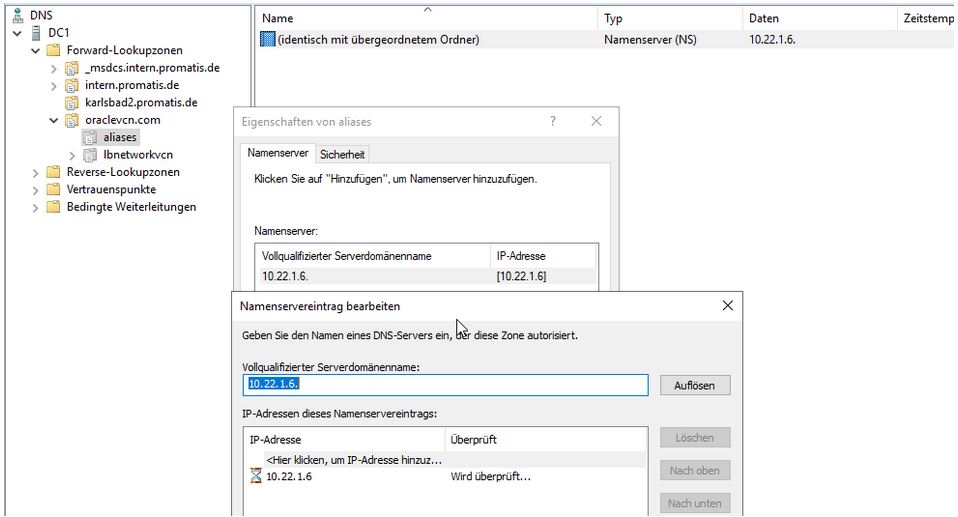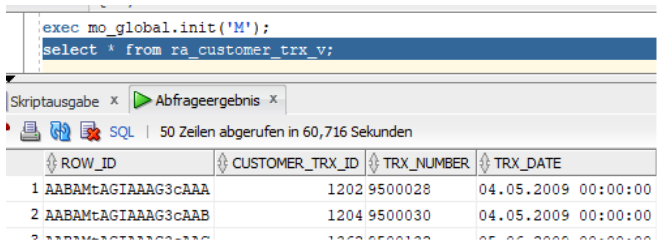
21.-24.11.2023 | DOAG 2023 Konferenz + Ausstellung
4-fach geballte PROMATIS Power
Die DOAG 2023 Konferenz + Ausstellung findet vom 21. bis 24. November im Nürnberg Convention Center (NCC) statt und präsentiert erneut ein breitgefächertes Konferenzprogramm zu den neuesten Trends im Oracle-Umfeld. Rund 400 Vorträge sorgen für neue Impulse und Wissen pur – hochkarätige Keynotes, wertvolle Tipps & Tricks, Demos, Best Practices und moderne Networking-Elemente runden das Konferenz-Highlight der deutschsprachigen Oracle Community optimal ab.
Info
21. bis 24.11.2023
Nürnberg Convention Center (NCC)
Den Auftakt der viertägigen Anwenderkonferenz markiert am Dienstag ein Thementag, um tief in nur ein Thema einzutauchen. Am Mittwoch und Donnerstag können Sie sich auf zwei klassische Konferenztage mit Sessions in den vier Streams Datenbank & Infrastruktur, Development & Middleware, Strategie & Softskills und Data Analytics & KI freuen.
PROMATIS ist mit folgenden Beiträgen am Start:
- OCI für Anfänger Teil 1 – Grundlagen (Thementag der DOAG Infrastructure & Middleware Community)
Dienstag 21.11.2023 | 09:00 - 09:45 | Raum: Neu-Delhi - Oracle Database Service for Azure (Teil 2 Thementag)
Dienstag, 21.11.2023 | 15:00 – 15:45 | Raum Neu-Delhi - PROMATIS goes digital – mit Oracle APEX im Gepäck
Donnerstag 23.11.2023 | 11:00 - 11:45 | Raum: Istanbul - Von Druckerpresse zur Cloud – Hyperion Essbase Ablösung bei Saarbrücker Zeitung
Donnerstag 23.11.2023 | 09:00 - 09:45 | Raum: Helsinki
Weitere Informationen zur DOAG 2023 Konferenz + Ausstellung finden Sie hier.









